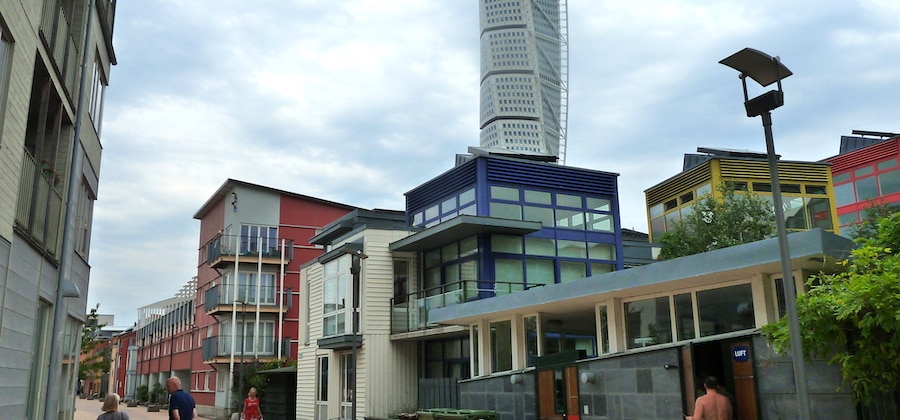
Let’s talk about the concept of mixed-income development. Sometimes mixed-income projects are viewed as the first step toward displacement or gentrification. And to be honest, these fears are not entirely unfounded. The introduction of mixed-income developments was the first step in many rapidly gentrifying areas, followed by luxury housing and upmarket conversions that lifted property values to displacement levels, and the subsequent exodus of long-time residents.
Surely we can learn from the mistakes of the past. Is the concept of mixed-income developments entirely misplaced? The Urban Institute found, in a landmark 2010 study, that thoughtfully planned mixed-income communities can provide unexpected community benefits. The report concluded that mixed-use developments offer tremendous benefits to communities, as long as they are designed in a sustainable, community-oriented manner. Conversely, communities without mixed-use development can suffer adverse effects, including economic stagnation, higher crime, lower educational attainment levels, and a whole host of other negative consequences related to concentrated poverty.
The corrosive effect of concentrated poverty
We’d like to believe we live in a genuinely meritocratic society, But that just isn’t true. Where you are born has a tremendous bearing on how likely you are to succeed. Robert Sampson, a noted Harvard researcher, has spent decades studying poverty along with other academic luminaries. He concludes that concentrated poverty leads to profound suffering in affected communities, as well as limited social mobility. This is magnified in children and adolescents who have a much lower chance of success, even after leaving the low-status community they live in.
Economic diversity as an antidote
There are many possible ways that society can work to end concentrated poverty including legislating racial justice, ensuring gender and sexual orientation-based equity, green/environmental solutions, and a whole host of additional strategies. Mixed-income developments can offer one potential solution.
We all know that there is a great need for more affordable housing. In order to create economies of scale in investing and building affordable house, cookie-cutter affordable housing products have been developed everywhere. These housing products trumpet the boundary of low-status neighborhoods from Baltimore to Boise. While they solve immediate and urgent housing needs, they often fail on many other counts. Are they adding to the vitality of the neighborhood? Are they making the streetscape better? Do they contribute holistically to the place they are built in? Are they sustainably helping to build a better community or will they simply perpetuate the current economic status of that place. Perpetuation means that those social ills caused by redlining, white flight, and urban renewal, will never be solved.
Affordable housing developers should remember that residents in low-status neighborhoods want the same things that everyone else wants. They want access to the same high-quality infrastructure and commercial options that usually grace only middle and upper-income neighborhoods. Cafes, restaurants, grocery stores and shops have a better chance of survival in mixed-income neighborhoods and can act as an anchor for low-income residents. They also provide valuable employment and networking opportunities cementing the community together, instead of breaking it apart.
_
Fostering thriving mixed-income communities creates opportunity far beyond just affordable housing. Mixed-income communities have the potential to bring us all together.
Image of Malmo, Sweden by Eve Picker.
